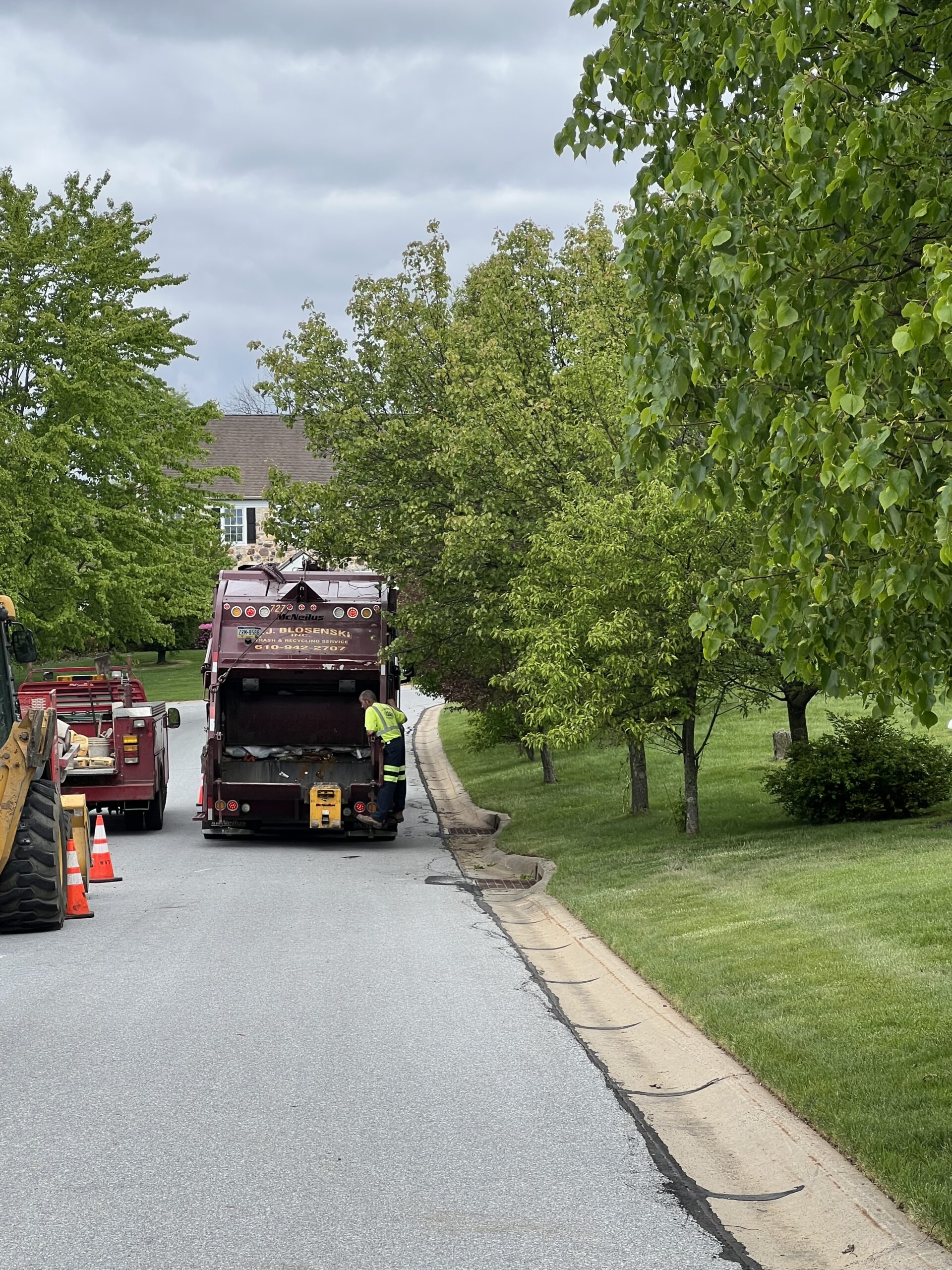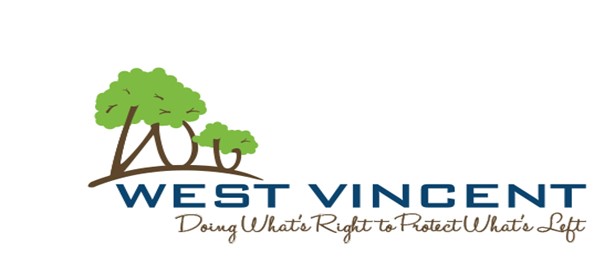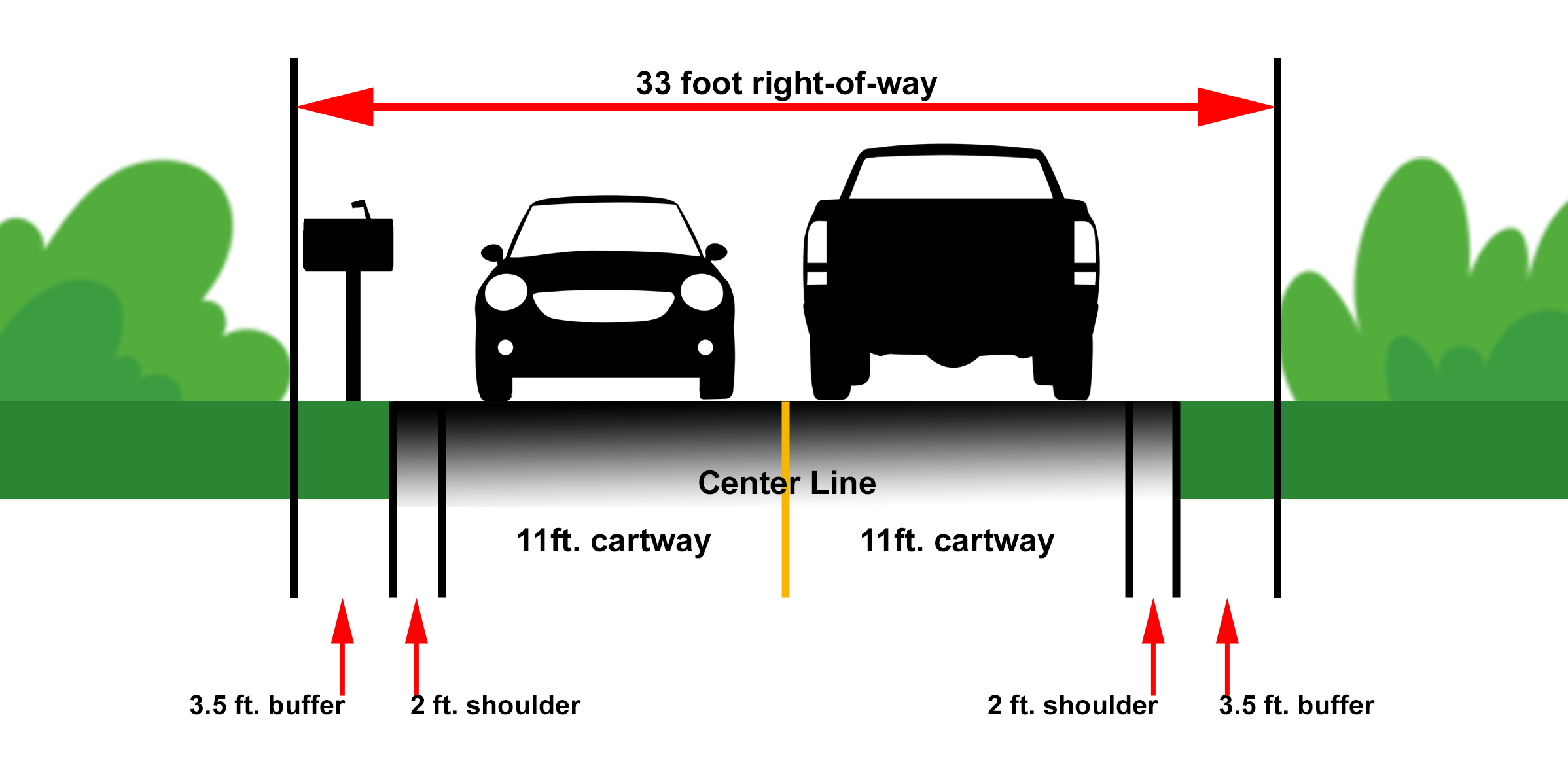
26 Feb HUH, NOW I KNOW: Right-of-Ways
Right-of-Way (“ROW”) is a term frequently heard during the snowy season when mailboxes become displaced by snow. However, ROWs are all around us regardless of weather. A ROW is a type of easement granted or reserved over the land for transportation purposes (all the state and municipal roadways in the township have ROWs). It can include shoulders, berms, and additional areas needed for highway purposes such as drainage, slopes, etc. The size of the ROW varies between road segments. While a ROW is often 33 feet wide, it may be much wider (120 feet or more in some case of PennDOT roads) since it extends beyond the paved road and shoulders. For example, Route 100 has an 80’ ROW (40’ from center line), while St. Matthews, Conestoga, Kimberton, Birchrun, Pughtown and Hollow Roads have 60’ ROWs (30’ from center line). “Newer” township roads (starting in the 80’s) have 50’ ROWs, and many extend well behind the curbs and sidewalks.
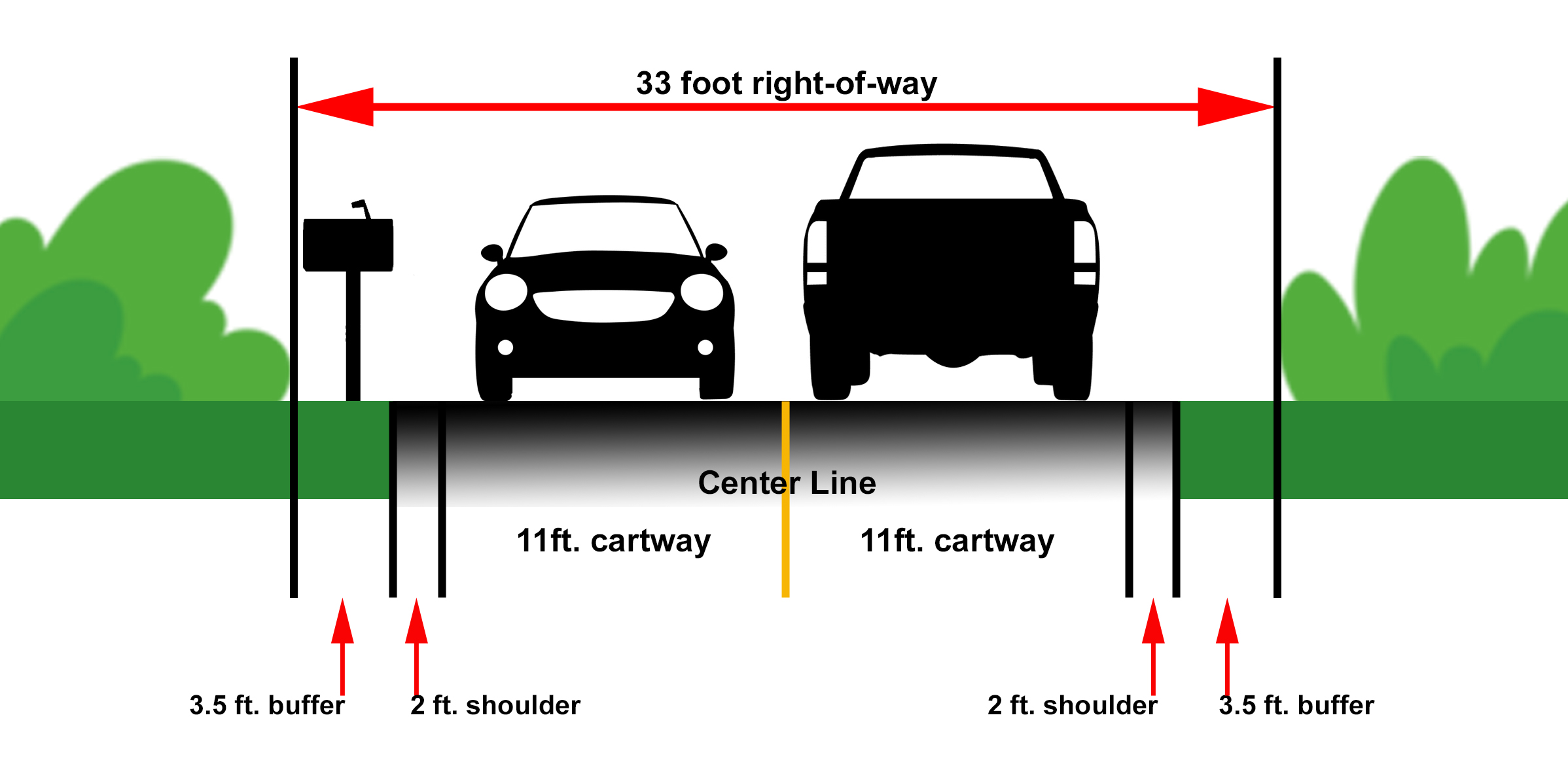
For the most part, only utility poles and traffic control signs approved by the government are legally allowed inside the ROW. Objects placed without permission within the legal limits of a ROW (for example, signs, fences, walls and lights) are considered “encroachments” and are subject to removal at the expense of the owner.
Property owners are not prohibited from placing mailboxes within the ROW as it is recognized that the postal service has certain placement requirements regarding the location of mailboxes. However, since mailboxes are not placed in the ROW under permit regulations, they are considered to be encroachments and remain at the risk of the property owners.
Tree Trimming
Trimming bushes and trees along roadways needs to happen whether trees are in the ROW or further back. This maintenance increases motorist-safety as well as the service life of the roadways. Trimming provides “daylighting” to the roadway, allowing sunlight to speed snow and ice melt during winter, and using less salt means a greater savings for residents. It also enhances sight distance at some locations and lessens the potential for old and dead trees to fall onto the road.
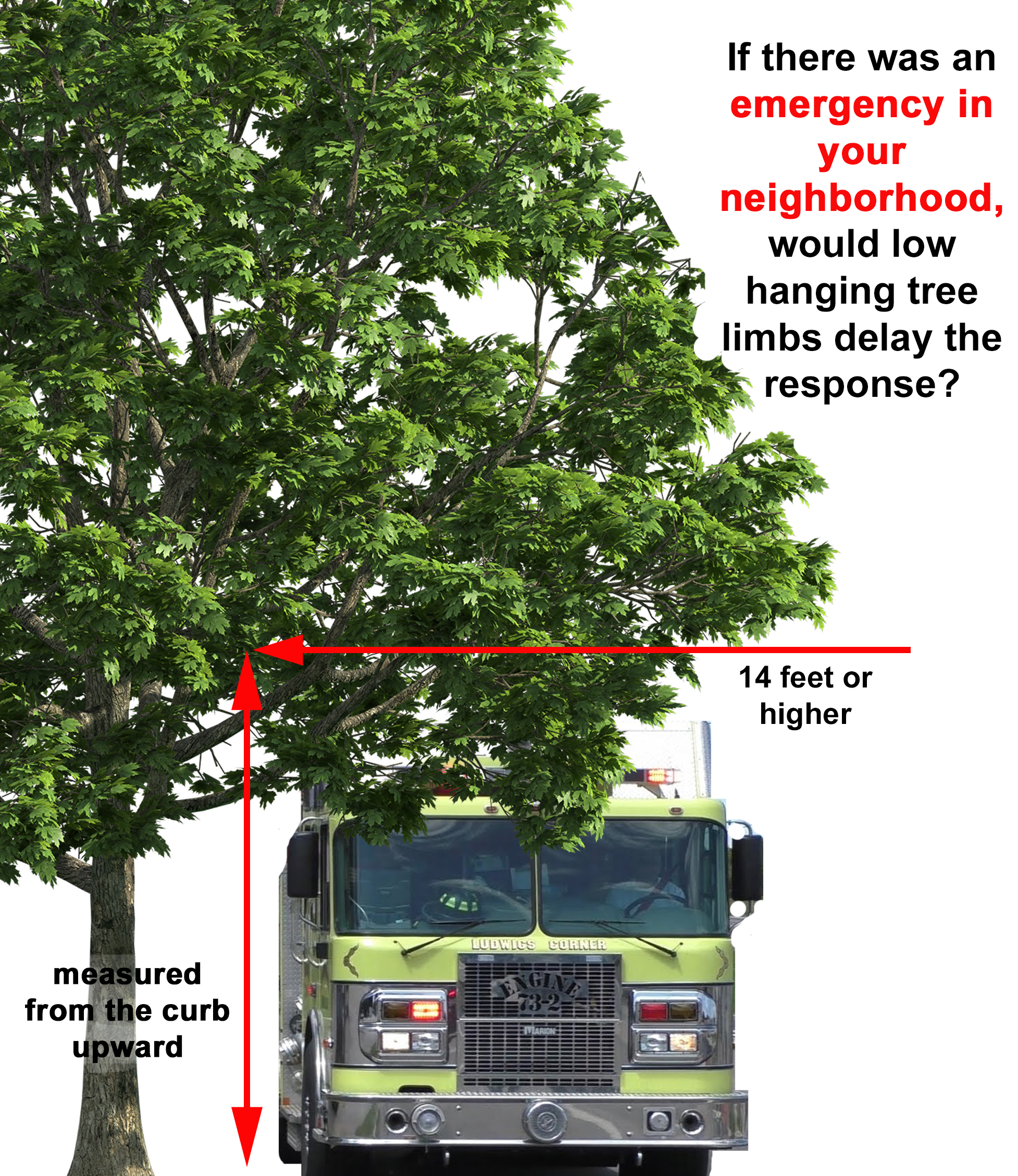
On another note, the trucks in our WVT fleet contain many different sensors in the side mirrors which identify things like road temperatures which are important when plowing and salting. If a heavy branch knocks into that mirror – regardless of season – and damages it in some way, the WHOLE TRUCK is out of service to be fixed. It not only impacts the work that needs to be done but also contributes to more taxpayer money being spent on repairs.
For public roads, the roadside maintenance department has “the absolute right to trim, cut and remove any trees, grasses, shrubs and vines growing within the legal right-of-way of any state highway.” Municipal and PennDOT policies prohibit employees from cutting or removing any vegetation from utility lines, so concerns and requests about trees or branches leaning on utility lines should be directed to the local utility providers.
